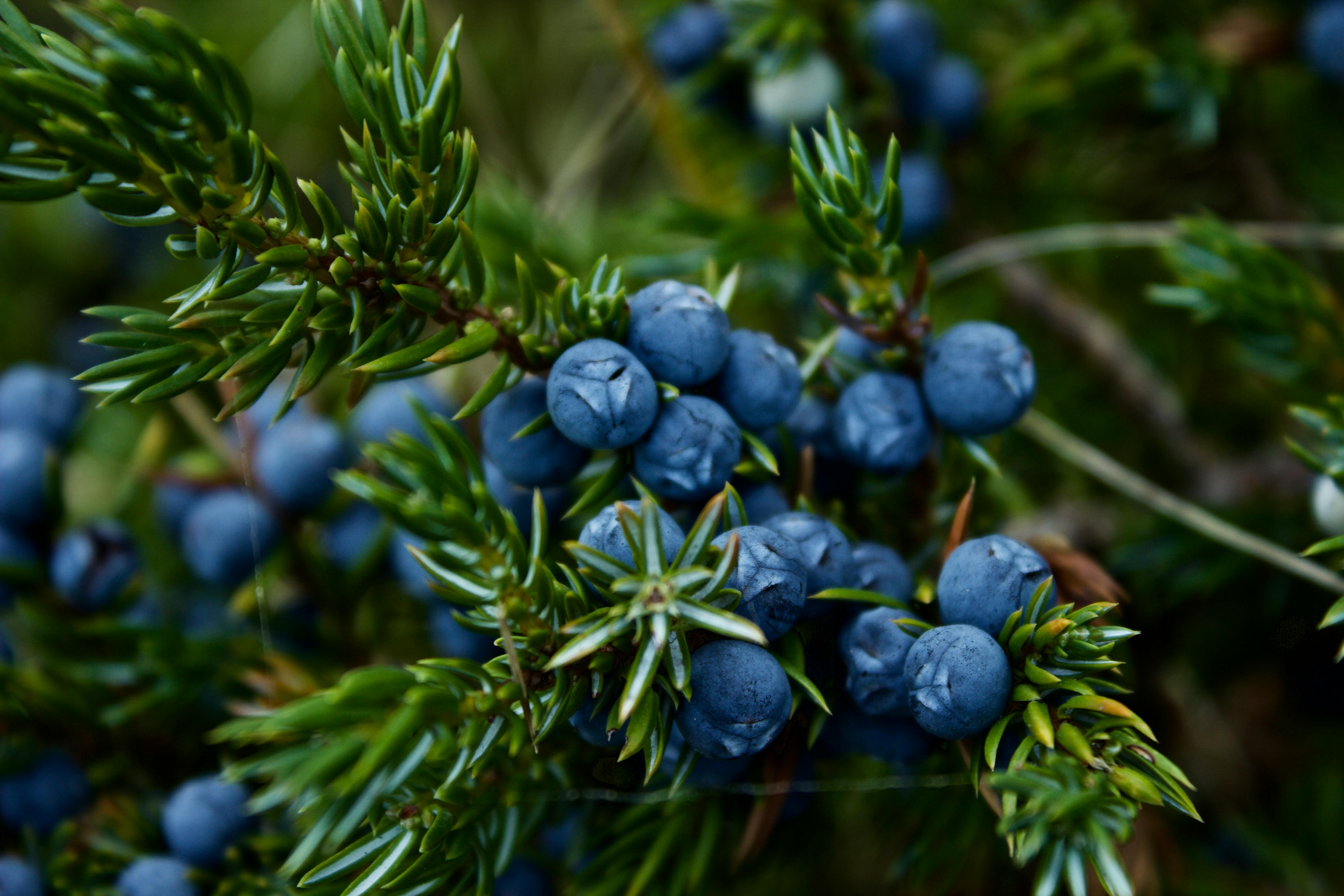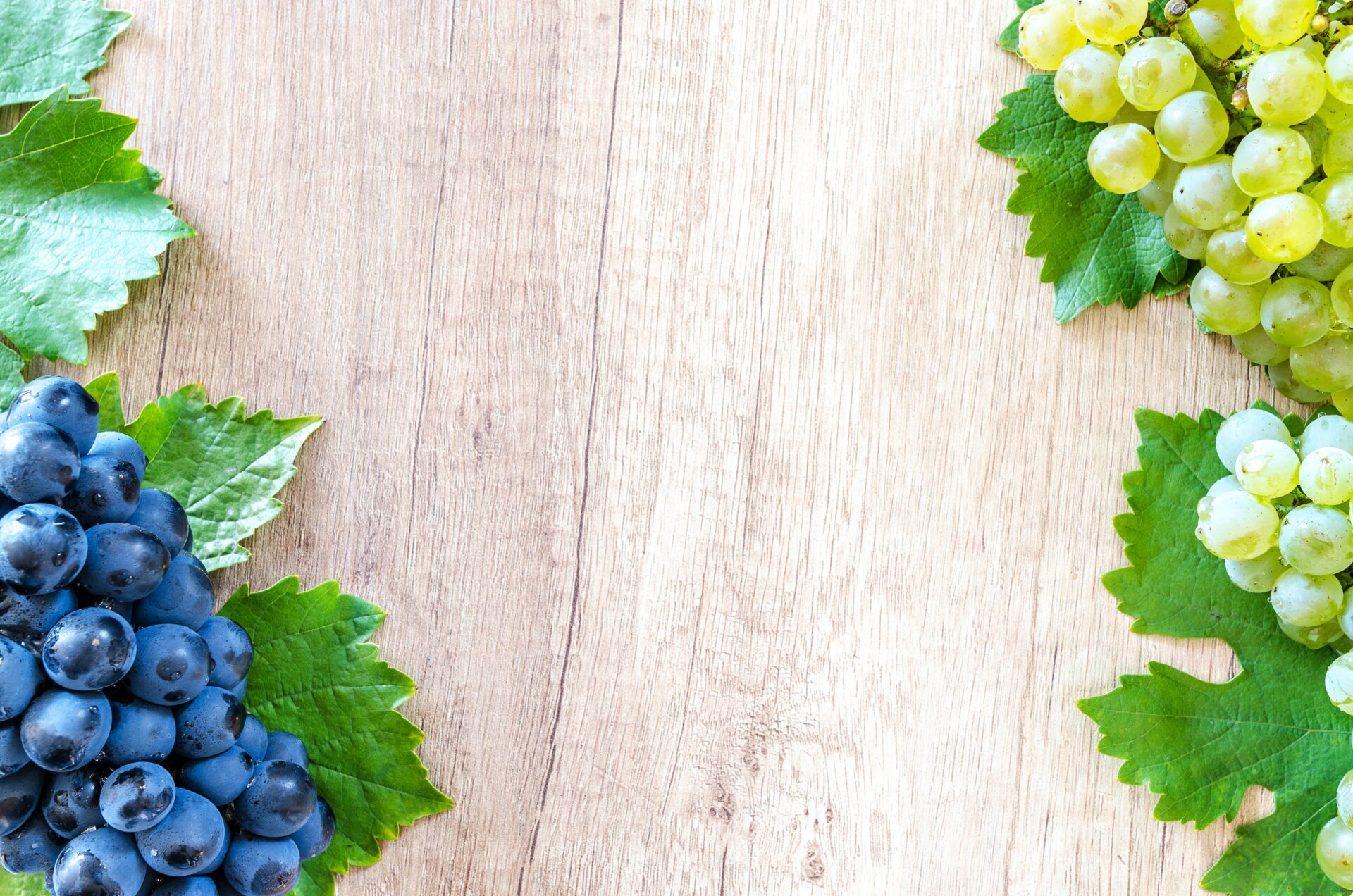Do blueberries lose their leaves? This is a common question that many blueberry growers and gardeners have. Although the answer may seem simple, there are a few factors to consider when determining if blueberries will drop their leaves. In this article, we will discuss the reasons why blueberries lose their leaves and the best ways to prevent it from happening. We will also look at some tips for ensuring your blueberry plants remain healthy and productive.Yes, blueberries lose their leaves each year. In the fall, the leaves turn yellow or red before they fall off the bush. The bush then goes dormant for winter before new foliage appears in the spring.
Blueberries
Blueberries are a type of flowering shrub in the genus Vaccinium, of the heath family. They are native to North America and are widely cultivated in many parts of the world. Blueberries are perennial plants that produce small, round berries with a deep blue-purple color. The berries have a sweet-tart flavor and contain numerous tiny, edible seeds. Blueberries are rich in antioxidants and packed with vitamins and minerals, making them an excellent source of nutrition. They can be eaten raw or cooked into jams, pies, and other desserts. They can also be dried or frozen for later use. Blueberries are a great addition to any diet and can provide many health benefits.
How Does a Blueberry Plant Grow?
Blueberry plants are native to North America and are a popular fruit crop. They require acidic soil, full sun, and regular watering to produce sweet, plump blueberries. Blueberry plants can be started from seed, but the most common way to grow them is through transplanting nursery-grown stock.
When transplanting blueberry plants, it is important to select the right variety for your climate and soil type. Plant your blueberries in an area with at least 6 hours of direct sunlight each day and keep them well watered throughout the season. It is also important to prune the plant regularly during the growing season in order to encourage new growth and fruit production.
Once established, blueberry plants can produce fruit for many years. When planting mature blueberries, make sure that they are spaced at least 3 feet apart to prevent overcrowding and promote good air circulation. During the growing season, fertilize your blueberry plants with an all-purpose fertilizer or one specifically formulated for acid-loving plants like blueberries.
Blueberries will need protection from birds during harvest time if you want to ensure a good yield. Covering the berry bushes with netting or placing bird scare devices around them can help keep birds away from your precious crop! Harvest when the berries have turned a deep shade of blue and enjoy fresh berries straight from your own garden!
How Long Does a Blueberry Plant Live For?
Blueberry plants can live for a long time with proper care and regular pruning. The average lifespan of a blueberry plant is between 10-15 years, although some can live up to 20 years or more. The exact lifespan of a blueberry plant depends on the variety, soil quality, and climate in which it is grown. In general, plants grown in warmer climates tend to have a shorter life span due to higher temperatures and increased pest pressure. Proper care is also important for extending the life of your blueberry plants. This includes regular pruning to control its size and shape, as well as mulching and fertilizing to keep the soil healthy. With proper care, your blueberry plants can provide you with fresh fruit for many years to come!
Life Cycle of a Blueberry Plant
The life cycle of a blueberry plant typically begins with the germination of a seed. The seed is planted in soil with the right amount of light and water, and it begins to grow. After the sprout appears, the blueberry plant then grows into its vegetative stage. During this phase, the plant focuses its energy on leaf and root growth. As the plant matures, it will begin to form flowers, which will eventually turn into fruit. The fruits are usually ripe by late summer or early fall.
Once harvested, the fruits can be eaten fresh or used for various culinary purposes such as jams, pies, and sauces. The leftover plants can also be pruned and cared for in order to ensure they continue to produce healthy fruits for years to come. The cycle then continues as new seeds are planted for another season’s crop of blueberries.
The life cycle of a blueberry plant is an important part of agriculture and is vital for producing large quantities of fruit that can be enjoyed by many people all over the world. It is essential that each stage in the life cycle is taken care of properly in order to ensure that quality fruits are produced year after year.

Blueberry Leaves Falling Off in Autumn
Blueberry leaves typically start to fall off during the autumn season. This process is a natural part of the blueberry plant’s lifecycle as it prepares for the cold winter months. During this time, the leaves will turn yellow and eventually drop from the branches. This is a sign that the blueberry bush is getting ready to go dormant until spring arrives and new growth begins. While some gardeners may be tempted to intervene and try to keep their blueberry bushes green, letting them go through this natural process is actually beneficial for their health.
By dropping their leaves in fall, blueberry plants are able to conserve energy and reduce stress levels. This helps them survive through the winter months with minimal damage when temperatures drop below freezing. In addition, without its leaves, a blueberry bush can better defend itself against pests that may be looking for shelter during colder weather. If you notice your blueberries losing their leaves in autumn, don’t worry—this is perfectly normal and nothing to be concerned about!
The Benefits of Pruning Blueberry Plants
Pruning blueberry plants is an important part of maintaining healthy, productive bushes. Pruning can help promote bush vigor, control disease and pest infestations, maximize fruit production, and ensure a good harvest. By pruning blueberry plants throughout the growing season, gardeners can enjoy a plentiful harvest of sweet and juicy berries.
Regular pruning will encourage new growth, which is essential for producing fresh berries. It also helps to keep the bushes from becoming overgrown and unmanageable. Pruning promotes bush vigor by removing dead or damaged stems and branches that can sap energy from the rest of the plant. Additionally, pruning helps to improve air circulation within the bush which minimizes fungal diseases such as powdery mildew and anthracnose.
Pruning also helps to maximize fruit production by controlling how many flowers and fruits the bush produces. Removing some flowers early in the season will help to reduce stress on the plant as well as ensuring that it has adequate energy for producing quality fruit later on in the season. Additionally, removing some unripe fruits in late summer will help to prevent overcrowding on branches as well as allowing more sunlight to reach other berries further down on the branch.
Finally, pruning blueberry plants ensures a good harvest by keeping pests such as birds at bay. Birds love ripe blueberries and they can quickly decimate a crop if left unchecked. By trimming back branches near ripening fruit you can make it harder for birds to access them thereby preserving more berries for harvesting later on in the season.
How to Care for a Blueberry Plant During Winter Months
Winter can be a difficult time for blueberry plants, as they are prone to frost damage and suffer from a lack of nutrients. To ensure your blueberry plant survives the cold weather and thrives in the spring, there are some important steps you should take during the winter months. Here’s how to care for a blueberry plant during winter:
The first step is to start preparing your blueberry plants for winter in the fall. When temperatures begin to drop, apply a thick layer of mulch around the base of the plant. This will help insulate the roots from extreme temperature fluctuations and protect them from frost damage. Additionally, prune any dead or diseased branches in late autumn or early winter.
Next, it is important to monitor your blueberry plants carefully during winter months. Check regularly for signs of frost damage or wilting leaves, and cover them with burlap or other fabric if necessary. If you live in an area with heavy snowfall, make sure to clear snow away from the base of your plants periodically throughout the season.
Finally, ensure that your blueberry plants get all the nutrients they need by fertilizing them several times throughout winter. Choose a fertilizer specifically formulated for acid-loving plants such as blueberries and follow directions carefully when applying it. Doing this will help promote healthy growth come spring.
By following these simple steps, you can ensure that your blueberry plant survives the cold winter months and comes back strong in spring!

Conclusion
Blueberries are a unique type of plant that do not shed their leaves like other plants. They are evergreen, meaning they keep their leaves year-round. This is beneficial for the environment because their leaves act as an air filter, and they also provide food and shelter for wildlife. Furthermore, blueberries can help improve soil fertility and can even be used as natural fertilizers.
Their unique characteristics make blueberries an attractive addition to any garden. They are easy to grow in most climates and require little maintenance, making them an excellent choice for home gardens. Blueberries are also delicious and nutritious, so they offer a great snack or ingredient for a variety of recipes.
Overall, blueberries are an excellent choice for many reasons. Not only are they beautiful plants with unique characteristics, but they also provide numerous benefits to both people and the environment alike.



